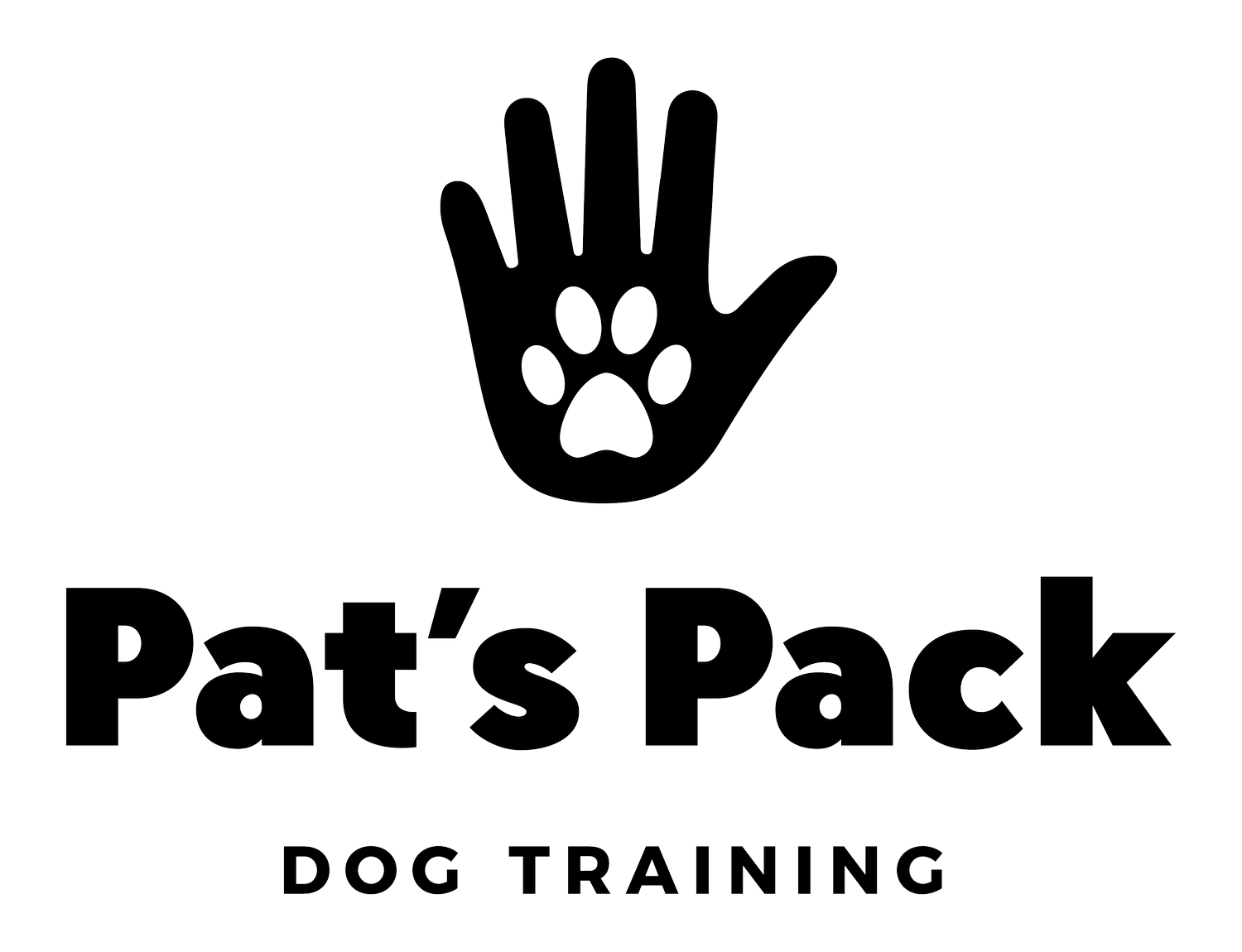Understanding and Managing Resource Guarding in Dogs: Tips for a Harmonious Home
Resource guarding is a common behavior in dogs where they become possessive over items such as food, toys, or even a favorite resting spot. While this behavior is natural, it can become problematic if not addressed early on. Understanding why dogs exhibit resource guarding and how to manage it can help create a harmonious environment for both you and your furry friend.
The first step in handling resource guarding is to recognize the signs. These may include growling, snapping, stiff body language, or even biting when approached while they are in possession of the resource. It's important to remember that resource guarding is a normal canine behavior, but it can escalate if not addressed properly.
To manage resource guarding, it's important to implement training techniques that focus on building positive associations with giving up the resource. One effective method is rewarding your dog for displaying calm or neutral behavior around the resource. For example, if your dog guards their food bowl, start by approaching while they eat and dropping high-value treats nearby. You can also try feeding your dog small portions of food out of your hand. This helps your dog associate your presence with good things.
Another important aspect of managing resource guarding is teaching your dog the "drop it" or "leave it" command. This can help you safely and calmly retrieve items from your dog without triggering a guarding response. The earlier they learn this command, the more you’ll be able to prevent resource guarding from escalating!
Resource guarding is a natural behavior in dogs, but it can be managed with the right approach. By understanding the signs and implementing positive training techniques, you can help your dog feel more comfortable and secure, leading to a happier and healthier relationship between you and your furry best friend.
